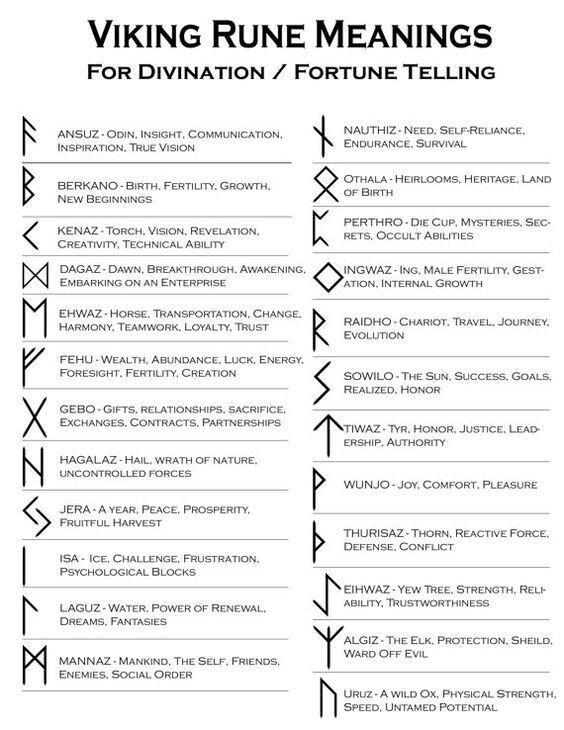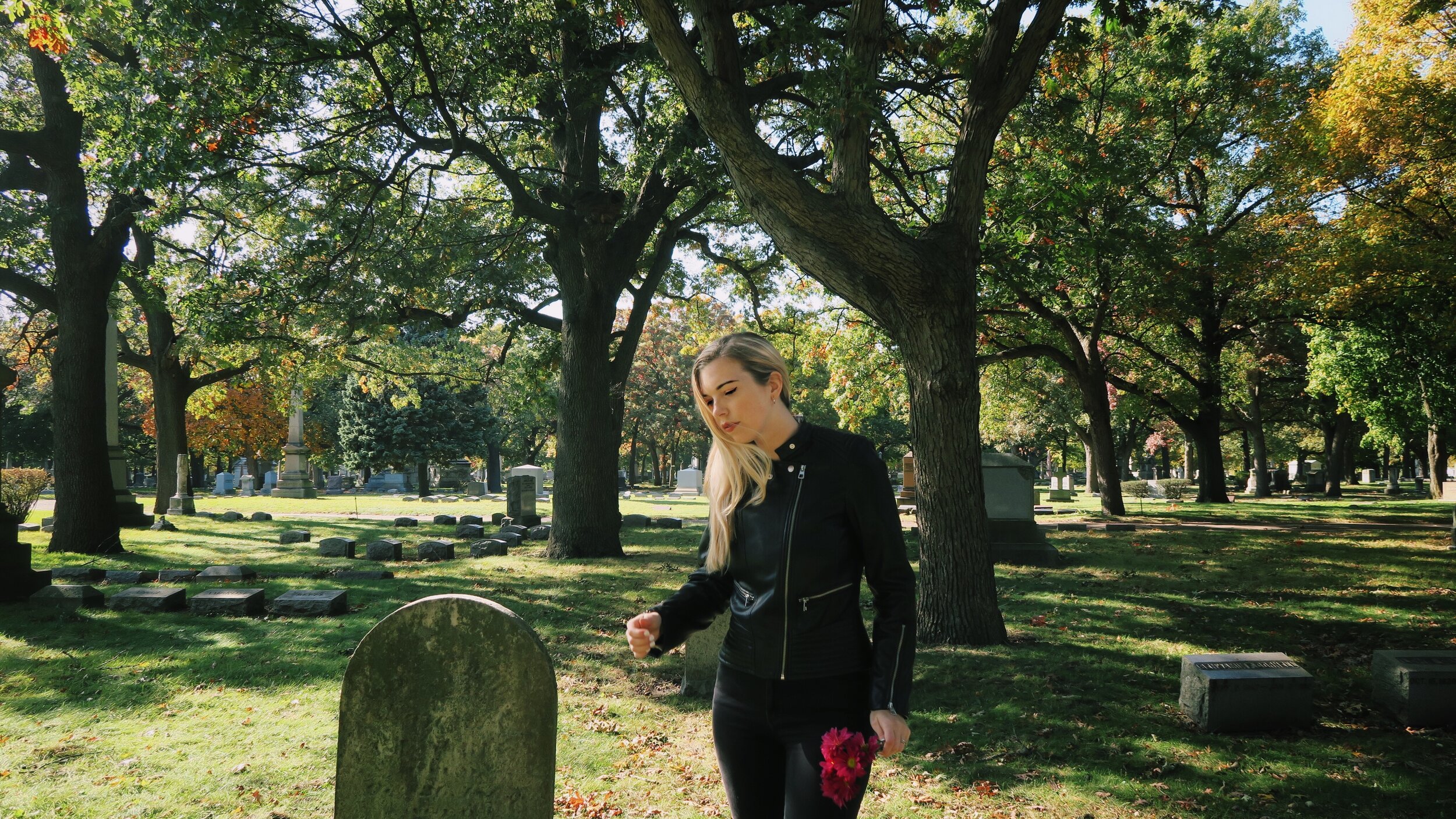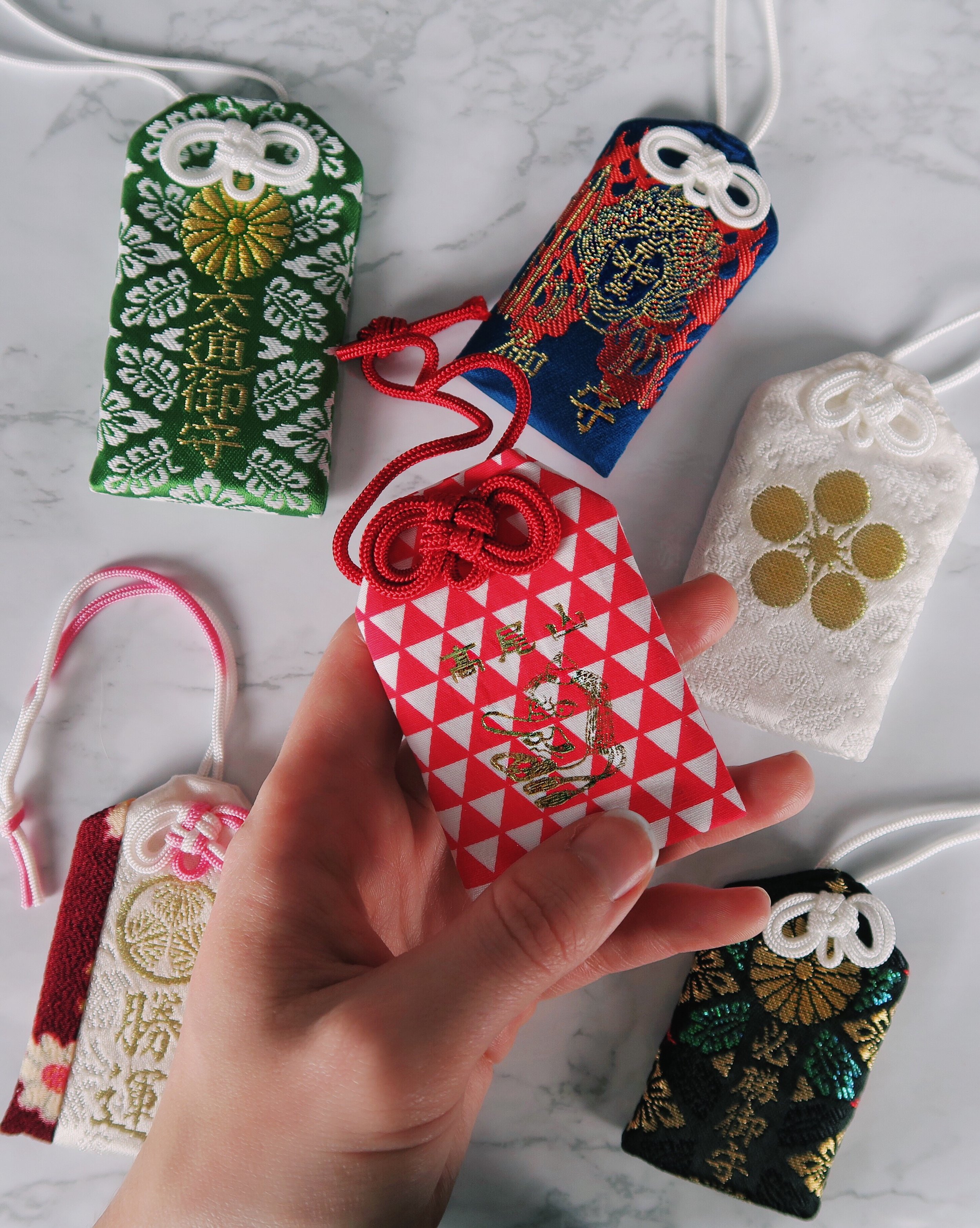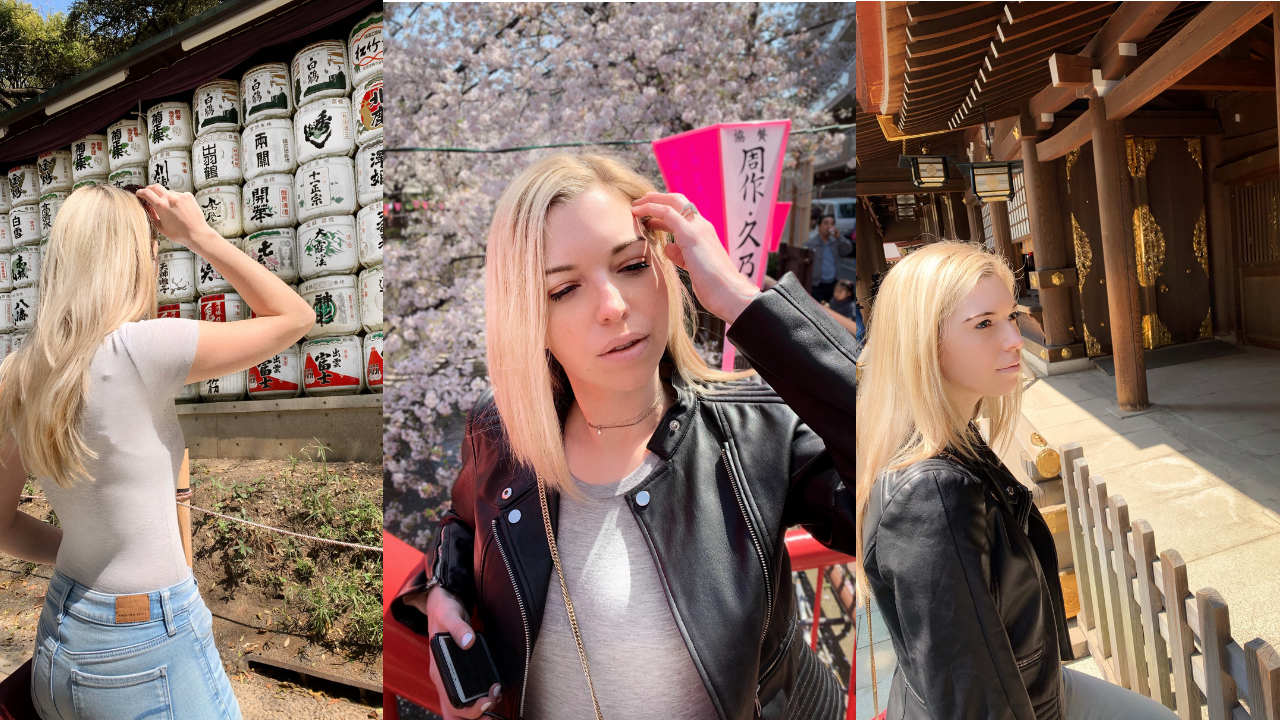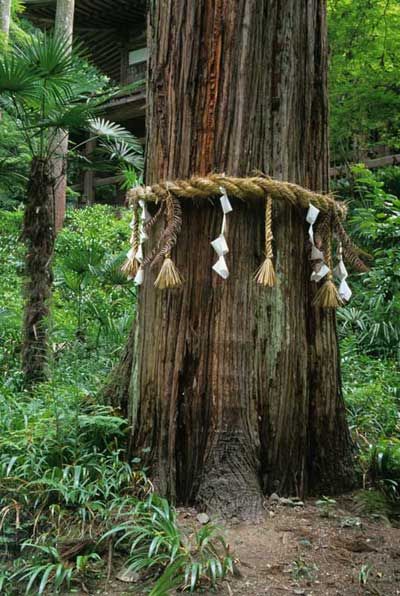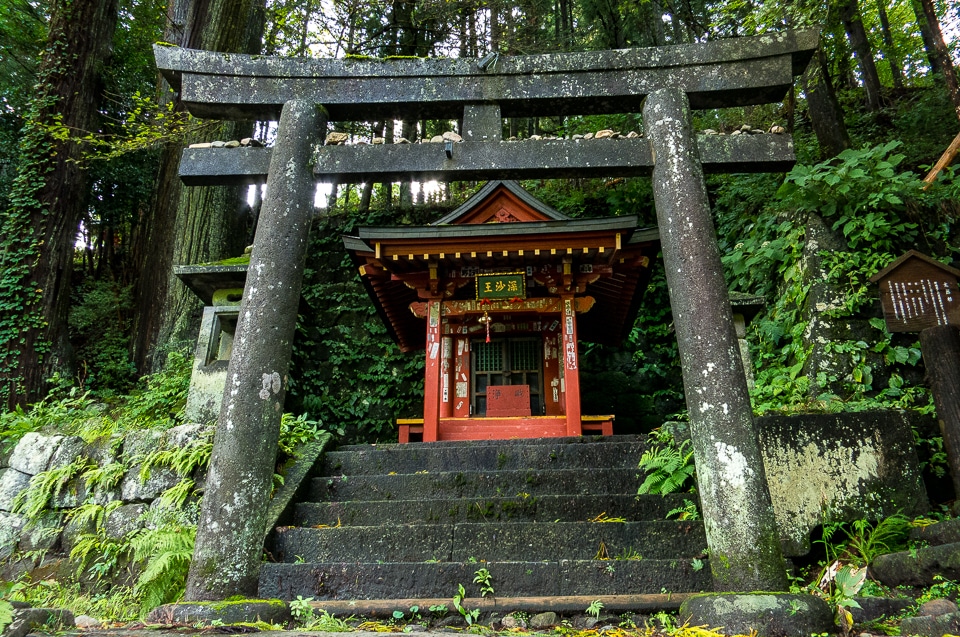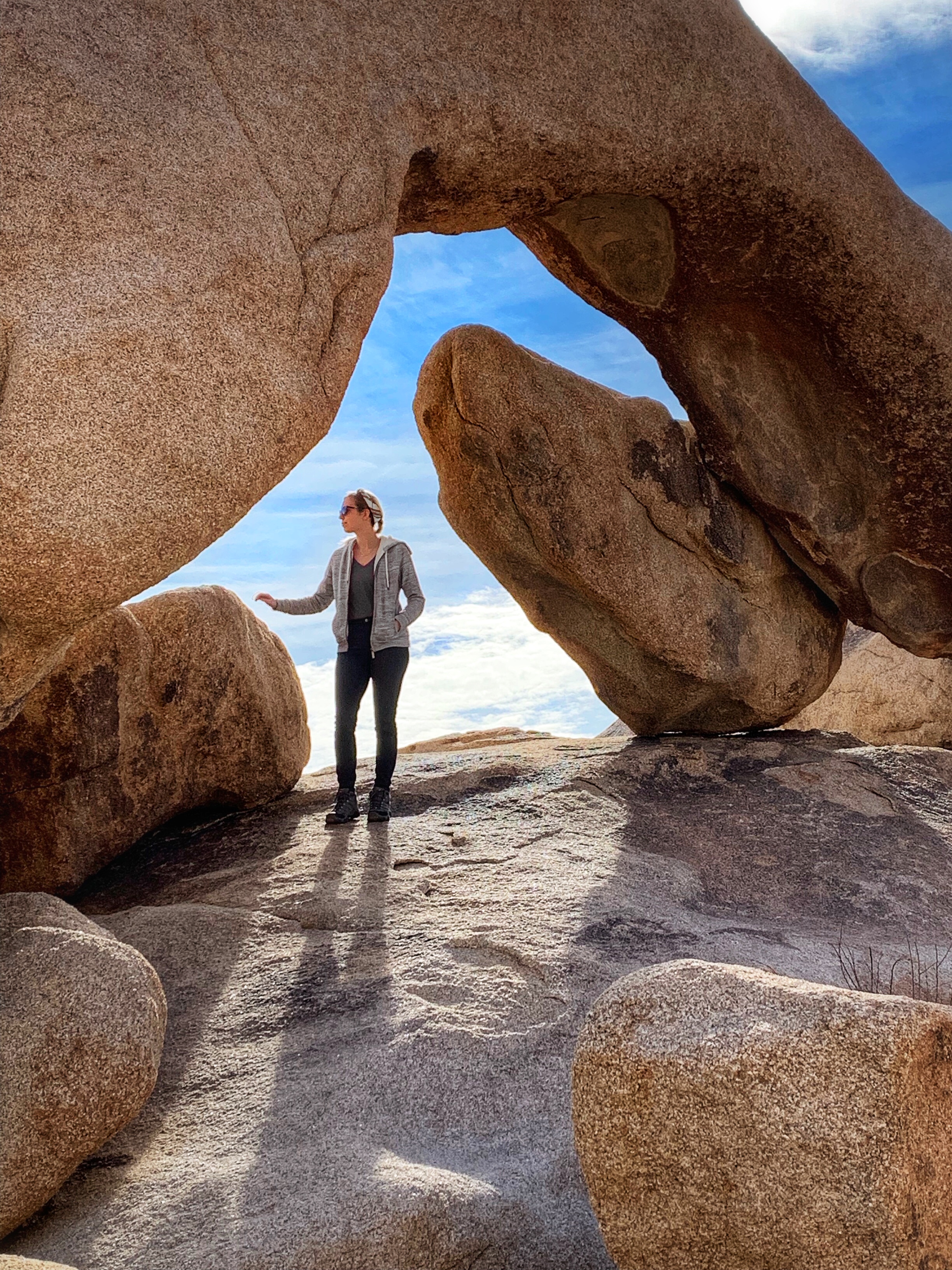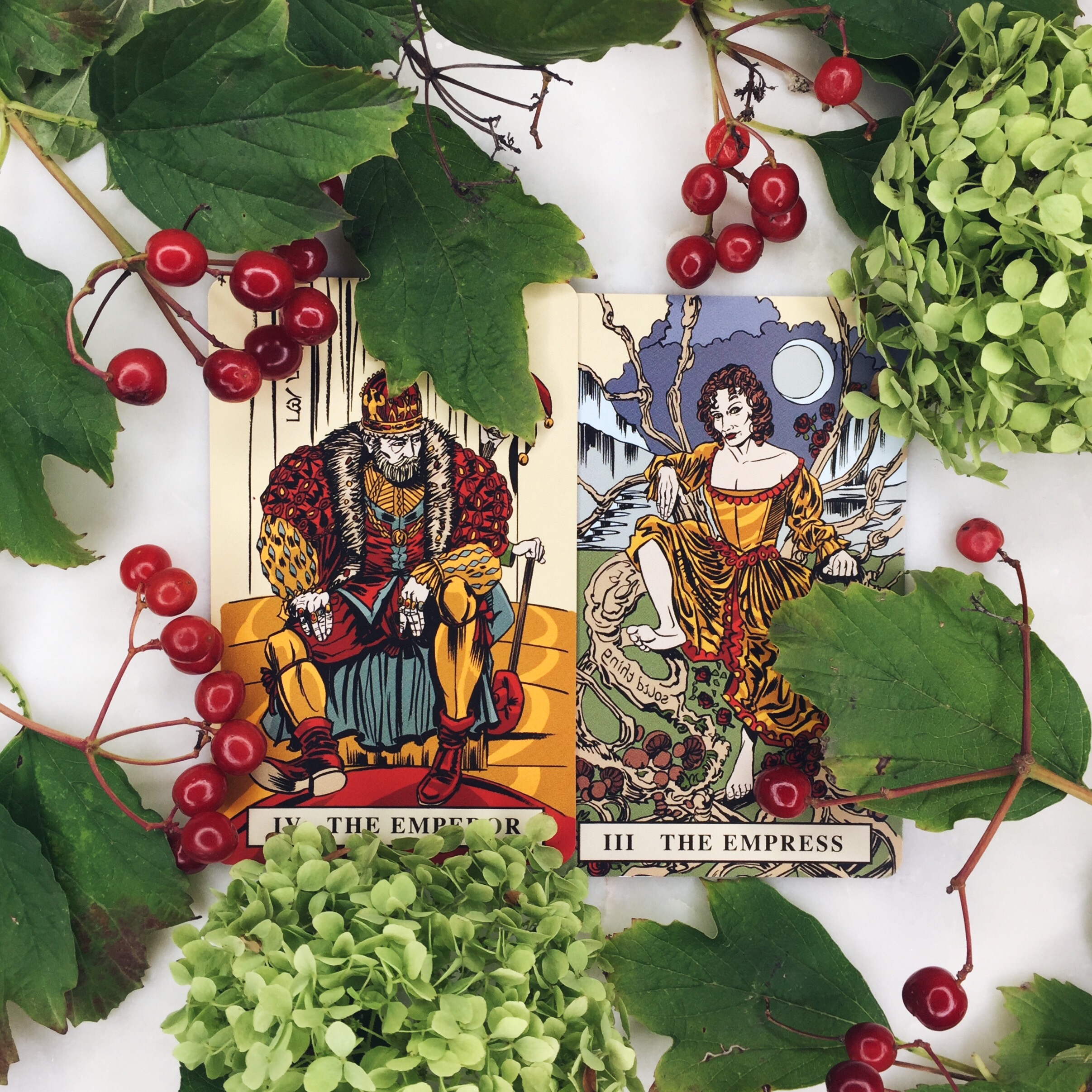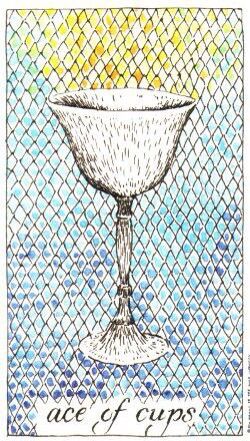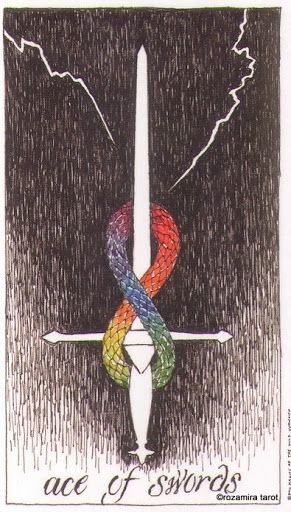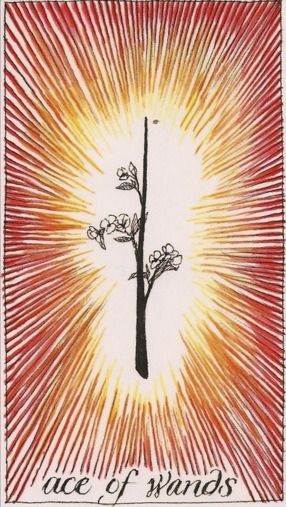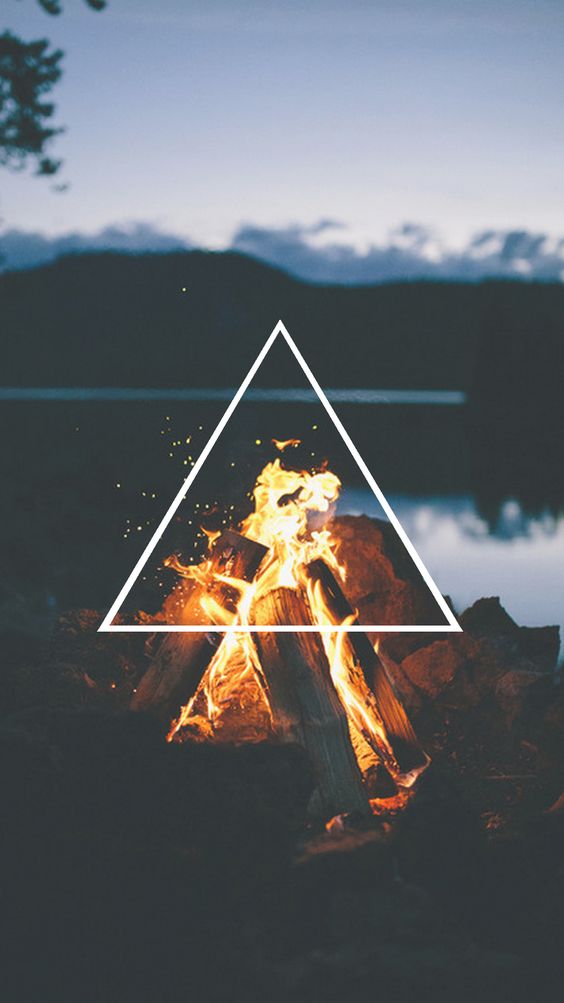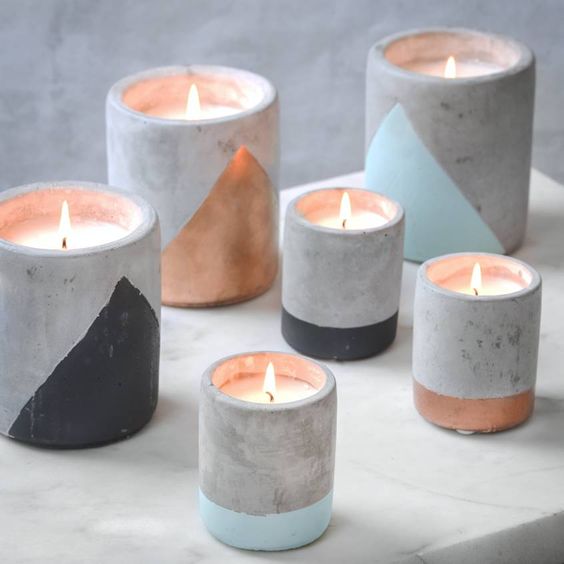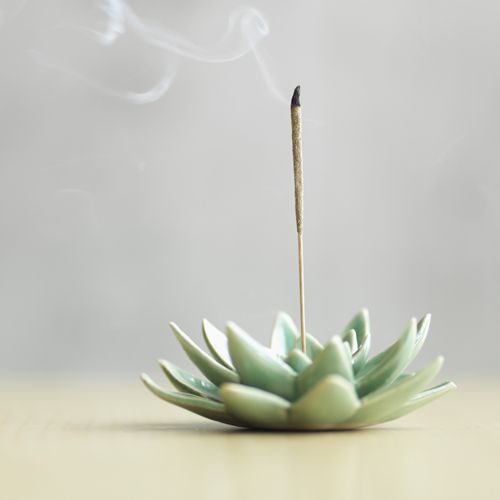When I was in middle school I became obsessed with secret codes and ancient alphabets. Luckily, the guy I was crushing on at the time had similar obscure interests and we both decided to memorize the Runic alphabet so we could pass letters to each other during class with no worries of our secret messages being read. Several years later when I purchased a big black notebook with the intention of starting my first Book of Shadows I knew immediately that I would write it in the Runic alphabet. I don’t know why I was so drawn toward the runes but I wasn’t the first and definitely won't be the last to become captivated my these sacred symbols.
Beyond their use as an alphabet, runes have also been used for centuries as a divination tool. Each collection of runes contains 24 individual stones, each with an inscribed letter from the runic alphabet. Each runic symbol is thought to be a magical talisman and has its own unique set of meanings. While several old texts contain sets of associations for the runes there is also space for the user to layer on their own intuitive feelings about each symbol.
Like many divination methods runes are not necessarily used to predict the future, but to provide guidance to the user. Runes are usually cast on an East-West axis or facing the sun. Traditionally a white cloth is laid down and then the user focuses on a particular question that they would like guidance on. Once the mind is quieted and focused the user can pull out a stone and interpret its meaning. While a single stone reading is the easiest form of reading runes, there are many different rune spreads that you can implement. If you would like to do a more traditional casting, you can take the whole bag of runes and cast all the stones onto a cloth. The runes that fall right side up are the ones that are read and the interpretations may be influenced if the symbol is reversed or not.
Do you ever use runes for divination? Share your thoughts in the comments.


